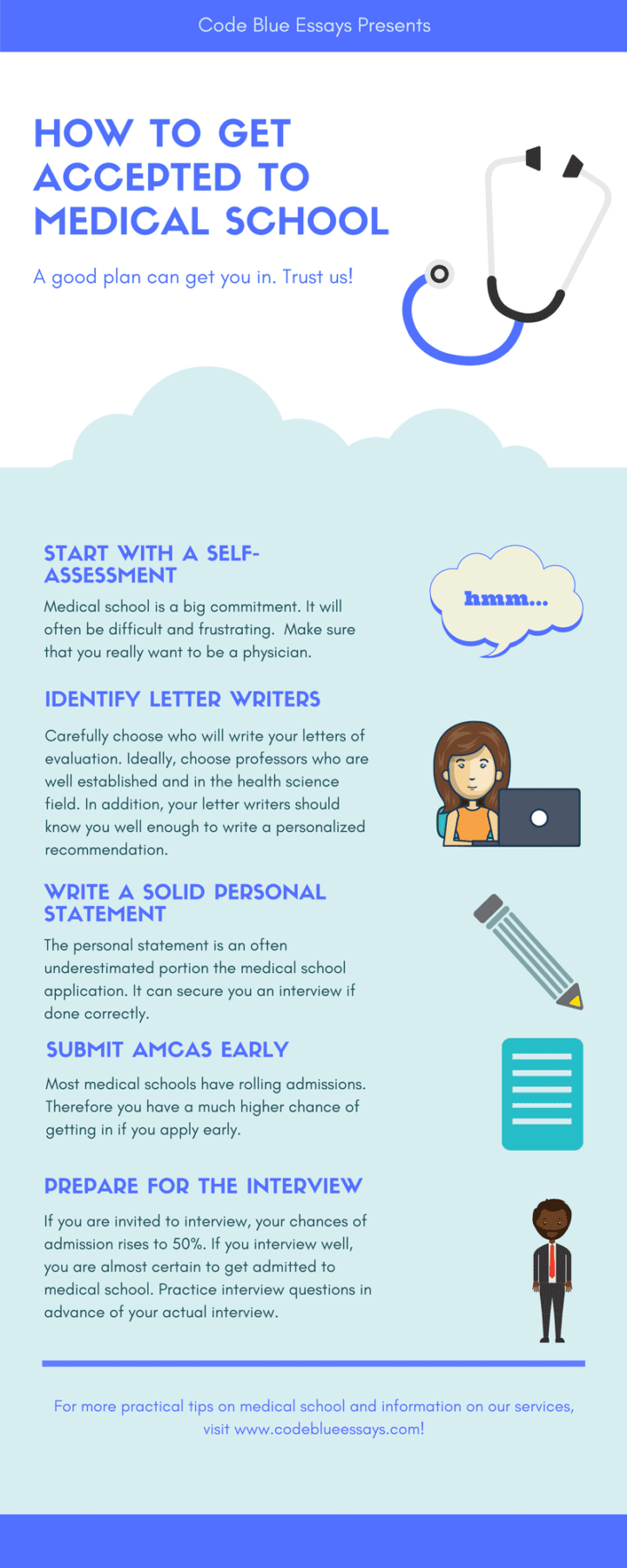Gaining acceptance to medical school is a challenging and competitive process. With thousands of applicants each year and only a fraction being admitted, the odds can seem daunting. In 2016, for instance, nearly 830,000 people applied to medical schools, but only about 21,000 were accepted. While the statistics may feel discouraging, remember that it only takes one acceptance to achieve your dream of becoming a doctor. The key to success lies in building a strong, well-rounded application that sets you apart from the competition.
Meeting the Basic Requirements
Before diving into the application process, it’s essential to ensure you meet the basic medical school prerequisites. Most medical schools expect applicants to have completed a solid foundation in undergraduate courses, including at least one year of biology, physics, and English, as well as two years of chemistry (including organic chemistry). Familiarizing yourself with the specific course requirements for each medical school is crucial, as they can vary from school to school. The AAMC (Association of American Medical Colleges) maintains a database where prospective students can easily access and compare these prerequisites.
Along with completing the required coursework, maintaining a strong academic record is equally important. While medical schools may accept students with less-than-perfect GPAs, a strong academic foundation is essential to making a competitive application. For those who have struggled academically, enrolling in a post-baccalaureate program to improve your grades may help strengthen your profile before applying.
Gaining Relevant Experience
Beyond academics, medical schools look for well-rounded applicants who have demonstrated commitment to healthcare and service through extracurricular activities. Volunteering is an excellent way to gain experience while giving back to your community. Many successful applicants have worked in hospitals, volunteered at free clinics, or assisted in child life programs. Research experience is also highly valued, though it can be difficult for premed students to find opportunities. If possible, seek out research opportunities with professors or medical professionals, even if the project is not directly related to your future career goals.
Preparing for the MCAT
The Medical College Admissions Test (MCAT) is a critical component of the application process. This standardized exam assesses a student’s critical thinking, problem-solving skills, and knowledge of the sciences. It’s wise to prepare for the MCAT well in advance, ideally taking the test early enough to allow for retakes if needed. A strong MCAT score can significantly enhance your application and increase your chances of being invited for interviews.
Understanding the Medical School Application Process
Most medical schools in the U.S. participate in the American Medical College Application Service (AMCAS), a centralized online platform that streamlines the application process. Through AMCAS, applicants submit their personal and academic information, which is then forwarded to the schools they wish to apply to. The AMCAS application consists of several sections, including personal details, academic history, work experience, letters of recommendation, and standardized test scores.
The AMCAS typically opens in May, with the ability to submit applications starting in June. It’s important to start working on your application early, including requesting letters of recommendation and drafting your personal statement. Having a clear and well-thought-out plan will help you stay organized and ensure you submit your best application possible.
Application Strategy: Choosing the Right Schools
Choosing where to apply is a crucial part of the application process. Although the temptation to apply to every school may arise, this is often not the most strategic approach. Applying to too many schools can be expensive and time-consuming, and you should focus your efforts on schools where you have a reasonable chance of acceptance. Research each medical school carefully to determine if it’s a good fit for your interests and goals. It’s important to include a mix of “reach” schools (where you may be underqualified but would love to attend) and “safety” schools (where your chances of being accepted are high).
Navigating Secondary Applications
After submitting your AMCAS application, some schools will invite you to complete a secondary application. This is another opportunity for you to showcase your strengths and interest in that specific institution. Secondary applications usually include essay prompts or questions about why you’re interested in the school, your career goals, and how you plan to contribute to the campus community. Take the time to thoughtfully craft these responses, as they provide valuable insight into your personality, motivations, and passion for medicine.
Performing Well in Interviews
The final step in the medical school admissions process is the interview. Being invited for an interview is a significant accomplishment, as it means your application has passed initial screenings. At this stage, your chances of admission can increase significantly—around 50%—if you perform well during the interview. This is your chance to demonstrate your communication skills, enthusiasm for the field, and commitment to becoming a doctor. It’s crucial to prepare thoroughly for your interviews, researching the schools, practicing common questions, and reflecting on your personal experiences and goals.
Additional Tips for Success
- Start Early: Preparation for medical school admission starts long before you submit your AMCAS application. Focus on building a strong academic record, gaining valuable volunteer and research experience, and preparing for the MCAT well in advance.
- Be Genuine: Both your personal statement and secondary application essays are your opportunity to convey your unique story and motivations. Be authentic and reflect on your experiences in a meaningful way that highlights your passion for medicine.
- Stay Organized: With multiple components in the application process, staying organized is essential. Create a timeline to track application deadlines, test dates, and submission requirements for each school you are applying to.
- Get Feedback: Seek feedback on your personal statement and secondary essays from mentors, advisors, or professionals who are familiar with the medical school application process. This feedback can help you refine your application and ensure it’s as strong as possible.
- Be Persistent: Rejection is a common part of the application process, but it’s important not to give up. Many successful applicants have faced multiple rejections before finally receiving an acceptance letter. Keep improving your application and learning from any feedback you receive.
Conclusion
While the road to medical school acceptance can be long and challenging, with careful planning, preparation, and determination, it is certainly achievable. By focusing on building a strong academic background, gaining relevant experience, and submitting a well-prepared application, you can significantly improve your chances of being accepted into medical school. Remember, persistence and preparation are key, and with dedication, you can achieve your goal of becoming a doctor.


